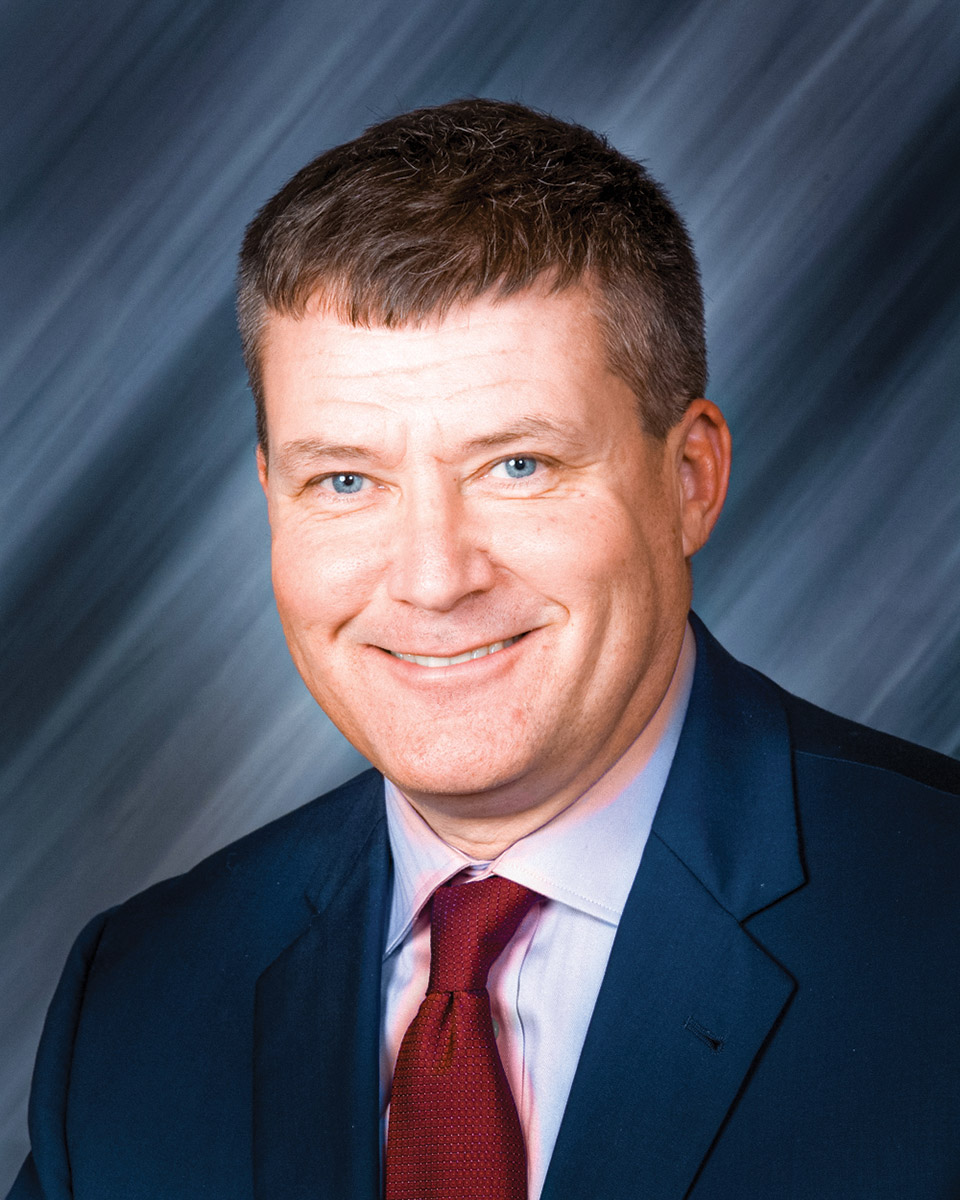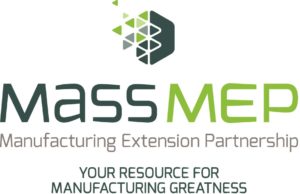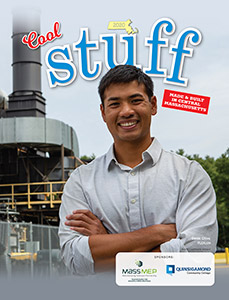
Larry Robinson, president of the Maine Manufacturing Extension Partnership
STUFF: As you meet with manufacturers and see their operations, what would you say is their biggest need when it comes to workforce? What are their biggest challenges?
LARRY ROBINSON: The three R’s — Recruitment, Retention and Replacement. The first challenge is recruitment and convincing individuals that there is a career in manufacturing. The view that manufacturing is a dying industry is now outdated. The low value-add, high labor content manufacturing jobs were offshored to low-wage countries beginning in the 1970’s through mid-2000s. The mass layoffs that occurred during this time period continues to color perceptions to this day. The U.S. manufacturing jobs that remain — and that are growing in number — are relatively high value-add positions, especially when view by the educational/credential requirements to be successful. The second challenge is retention. This is driven by a combination of the recruitment challenge as well as the current low unemployment environment. The last challenge is replacement. When we visit with manufacturers there is a sea of gray hair. Manufacturers realize they are at the leading edge of the baby boomer retirement. With those retirements, decades of know-how is also retiring. This know-how has not been transferred to the next generation. Most manufacturing workforces are above 50 years old in median age. This is the most concerning challenge facing Maine manufacturers today. Attracting employees, retaining them and ultimately transferring the skills and know-how from those that came before them.
STUFF: How has productivity and the use of computers changed the manufacturing workforce?
ROBINSON: In two ways. First is the level of skill and training requirements. I worked at Hussey Seating in North Berwick in the 1990’s. During this time, we transitioned from manual welding to robotic welding. This drove a shift in skills requirements from physical dexterity to being able to program robotic controllers. To be successful, you not only needed to understand the metallurgy of welding, but now you also now needed to be able to master robotic programing language. Now here is the good news associated with this shift. Through the employment of automation individuals are more productive per hour. This translates into employers being able to provide a higher rate of pay. So automation is a dual-edged sword. Yes, it dampens the level of employment, but the employment you do have is much more productive and thus earns a greater rate of pay. This is why manufacturing still plays a vital role in the state’s economy.
“Yes, [automation] dampens the level of employment, but the employment you do have is much more productive and thus earns a greater rate of pay.”
STUFF: What are some of the best ways younger people can learn about the manufacturing industry and what careers are available?
ROBINSON:The various industry membership organizations in the state: Maine Manufacturers Association, Maine Composites Alliance, Bioscience Association of Maine are membership organization that represent specific industry segments. Maine Chamber of Commerce is sponsoring the ‘Dream It, Do It’ program, which is connecting secondary and primary educators with manufacturers in the state.
STUFF: What role do community colleges play in training workers?
ROBINSON:A large and growing role! The growing levels of automation in manufacturing is driving the need for up skilling and credentialing. This is the gap the community colleges are filling. Our organizations has partnered with the community colleges in developing and delivering customized training solutions for manufacturers to great effect.
STUFF: With Maine’s overall workforce getting older, how critical is it that we get more young people involved in the industry?
ROBINSON: It’s of the utmost importance. Although we represent one voice of manufacturing this is the defining challenge for our entire state. When we talk with our colleagues in hospitality, health care, retail, they are all grappling with the same workforce challenges.◾


